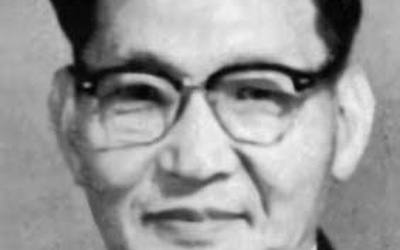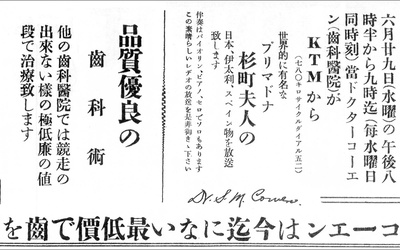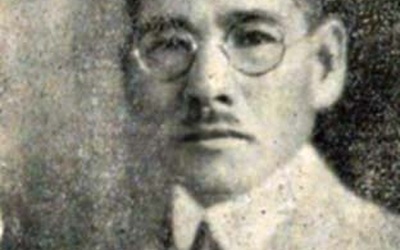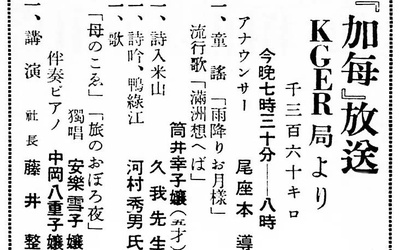Japanese Time ~History of Japanese Radio Broadcasting~ {Los Angeles Edition}
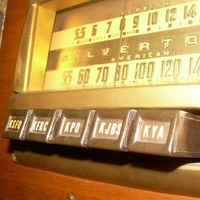
Los Angeles was one of the first cities to start commercial radio broadcasting in 1921, and regular Japanese radio broadcasts began in 1930. Following on from the Seattle edition , this series will trace the history of Japanese radio broadcasting in the Los Angeles area before the war in five parts.
*This series is an excerpt from Tetsuya Hirahara's book "Japan Hour" and is reprinted from the Rafu Shimpo newspaper .
* * * * *
Series: "Japan Time: History of Japanese Radio Broadcasting"
Stories from this series
The 10th episode of Oza Hondo's Sunday Mainichi Broadcasting and Radio Little Tokyo
May 29, 2023 • Tetsuya Hirahara
On February 8, 1940, Oza Hondo's final broadcast on California Mainichi Broadcasting System (see Part 5 ) took up the post of secretary of the Gardena Plains Japanese Association at almost the same time. However, his passion for radio was difficult to let go, and he returned to the radio world by founding the "Sunday Mainichi Broadcasting Association." Sunday Mainichi Broadcasting The last Japanese language broadcast program before the war, "Sunday Mainichi Broadcasting," began broadcasting on November 3, 1940 from …
The 9th Rafu Japanese United Church's Sunday Cultural Broadcasting
May 22, 2023 • Tetsuya Hirahara
The Rafu Japanese United Church (United Church) was established in February 1918 through the merger of three churches: the Rafu Japanese Congregational Church, the Rafu Presbyterian Church, and the Japanese Bethlehem Congregational Church. The church actively lobbied the Japan Cultural Broadcasting Association (see Part 3 ) and decided to start a new Japanese language program on November 14, 1937. The program was called "Sunday Cultural Broadcasting" and was broadcast for 30 minutes every Sunday from 8:30 pm by KGER station …
No. 8: Shinichi Kato hosts the Southern California Agricultural Association Broadcast
May 15, 2023 • Tetsuya Hirahara
Market report broadcast begins In the 1930s, Japanese farmers were the second largest group in California after whites, and Japanese farmers were responsible for producing vegetables and fruits for suburban markets in particular. According to statistics from 1930, 53% of employed Japanese were engaged in agriculture. The large amount of labor required for crop harvesting was met by advertising in Japanese newspapers and by hiring Mexican and Filipino workers. In response to a strike by farm workers in 1933, representatives …
No. 7 Japanese Music Broadcasting Presented by Dentist Dr. Cohen
May 8, 2023 • Tetsuya Hirahara
Sponsored by Dr. Cohen, who runs a dental clinic in Los Angeles, the Japanese-language program was broadcast on KTM radio in Los Angeles for three seasons. Cohen is a dentist who is keen to attract clients from immigrant communities, and has sponsored many advertisements and programs on radio stations in Los Angeles and on the Mexican border. To Hispanics, he marketed his service as "Spanish-speaking," and in Japanese-language newspapers, he advertised "Japanese nurses are on duty," selling his services at …
The 6th Japanese Broadcast Sponsored by the Rafu Japanese Association
May 1, 2023 • Tetsuya Hirahara
At a meeting of the Rafu Japanese Association Councillors held on the evening of November 11, 1931, it was resolved to broadcast a radio program once a week. Based on this, on December 5 of the same year, the so-called "Rafu Japanese Association Broadcast" was started on KELW station in Burbank, and was hosted by the Japanese Association (Chairman Akashi Iku). The program was broadcast in both Japanese and English for 30 minutes every Saturday from 7:30 pm. The announcer …
The 5th California Mainichi Broadcasting
Jan. 23, 2023 • Tetsuya Hirahara
In July 1932, Los Angeles was buzzing with the local Olympics. However, no agreement could be reached on broadcasting rights in the United States, and the games were not broadcast on the radio domestically. In order to deliver the latest news, the California Mainichi newspaper (Kamae) decided to call the Mitsuba Trading Company in San Pedro, Little Tokyo, from the stadium where the games were being held, and broadcast the audio in their store every day from 2:00 p.m. This …


